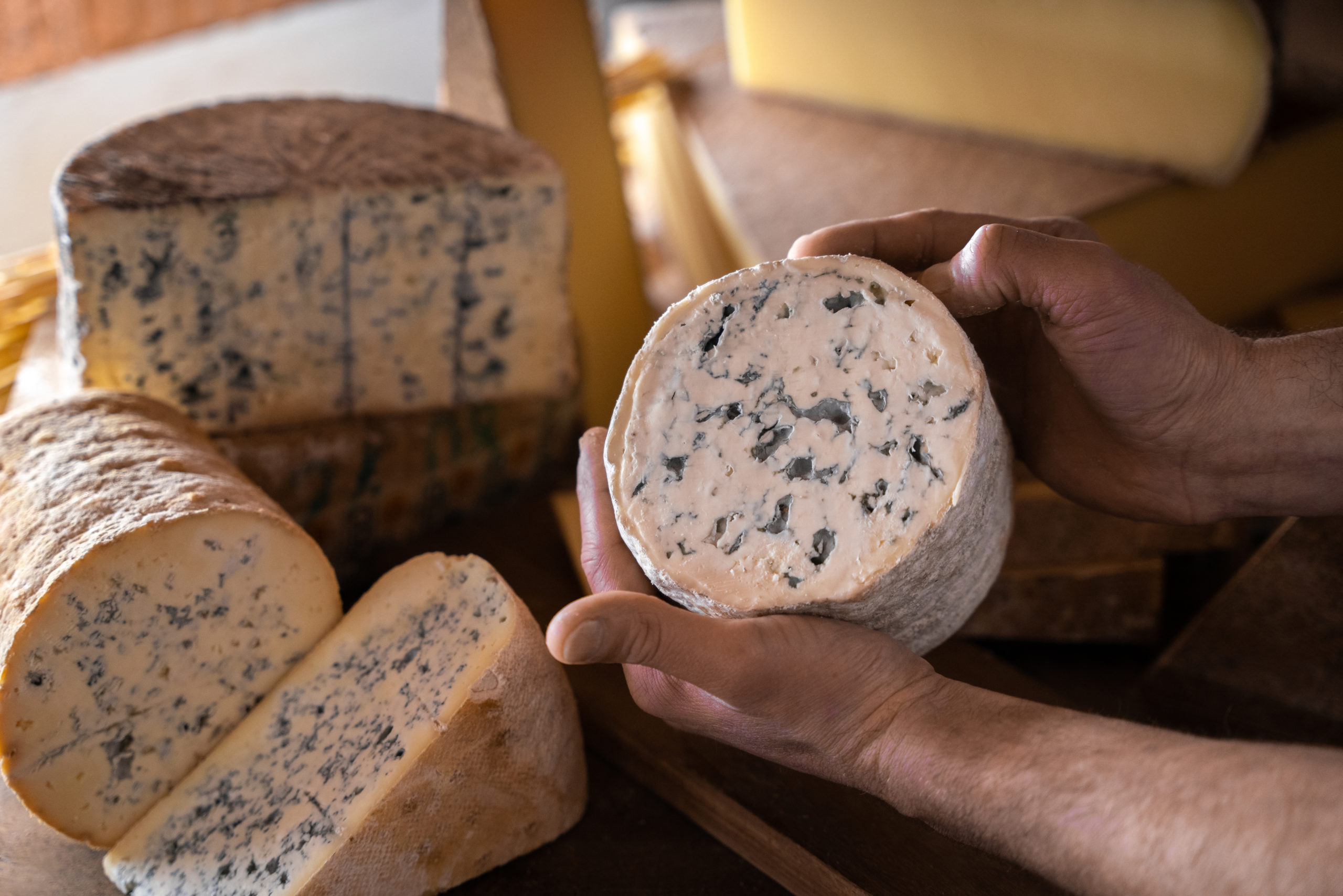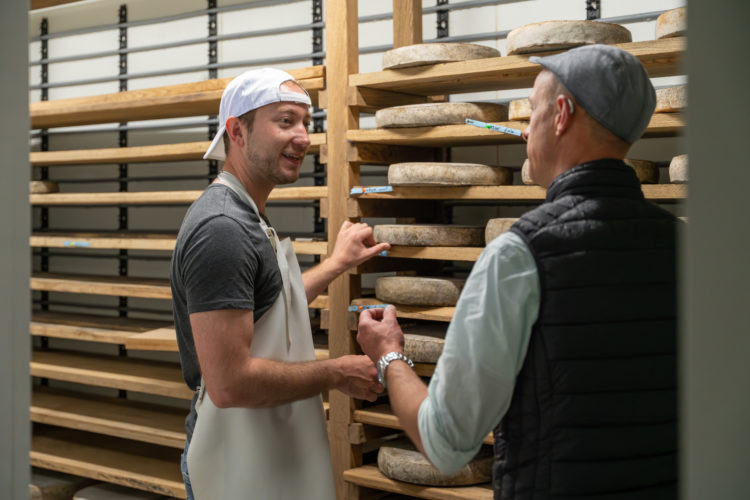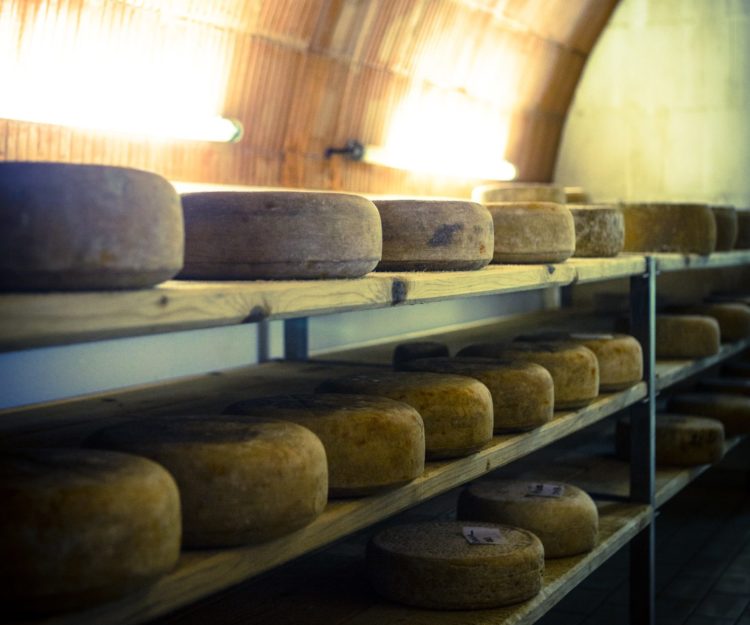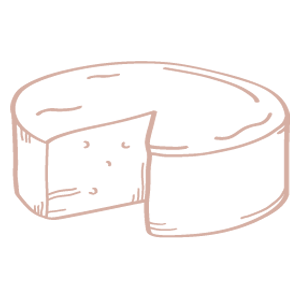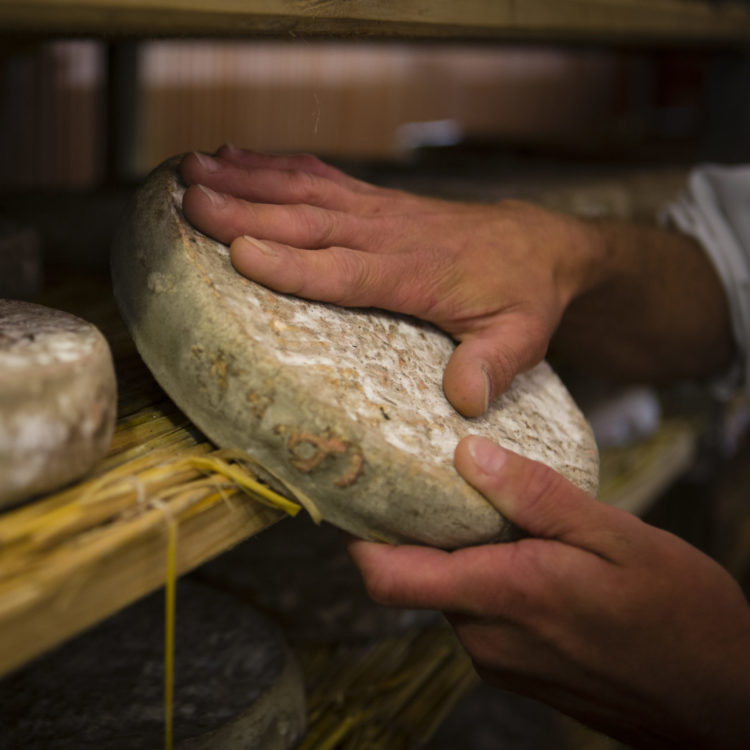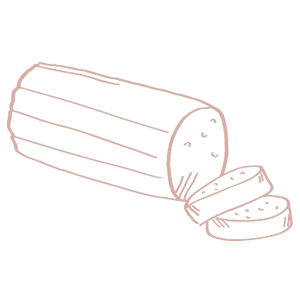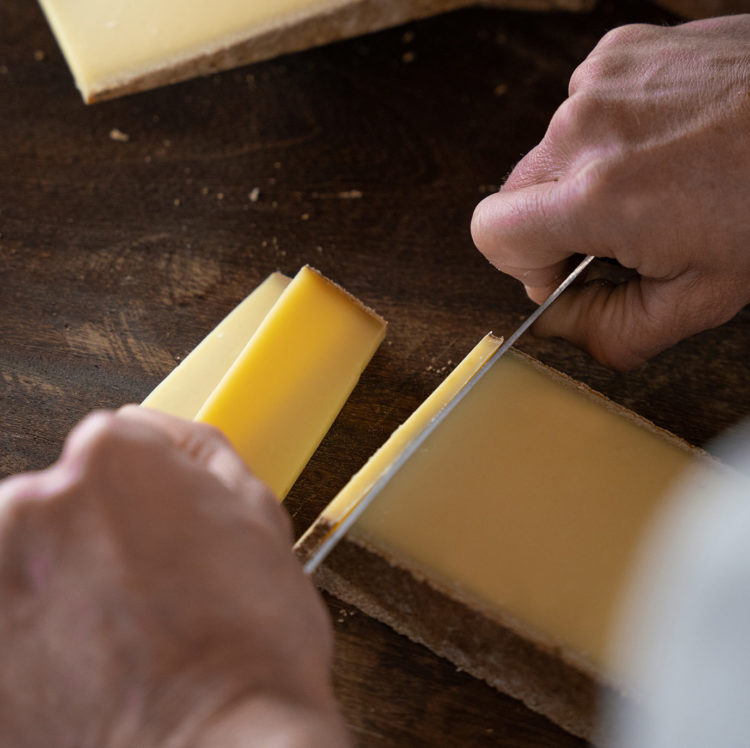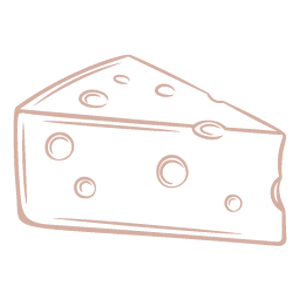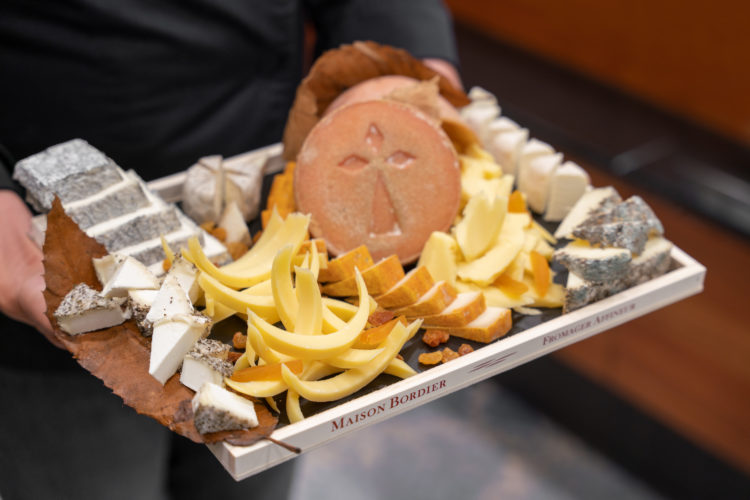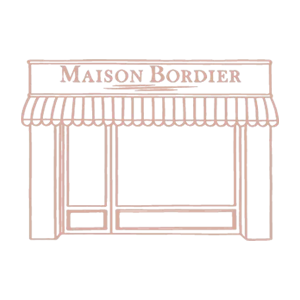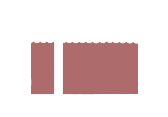We sometimes forget that Jean-Yves Bordier set out as a cheese ripener.
Discovering the maturing cellars of Maison Bordier means entering into a world apart that combines the smells of the farm with the gestures of the goldsmith.
From the cellars to shipping, the Maison once again combines the expression of unique know-how, the inspiration of encounters and the ultimate requirement to satisfy the expectations and tastes of the client.
After working alongside Jean-Yves Bordier for more than 20 years, today it is Vincent Philippe, World Champion of Cheesemakers 2023, who selects and matures Maison Bordier cheeses.

